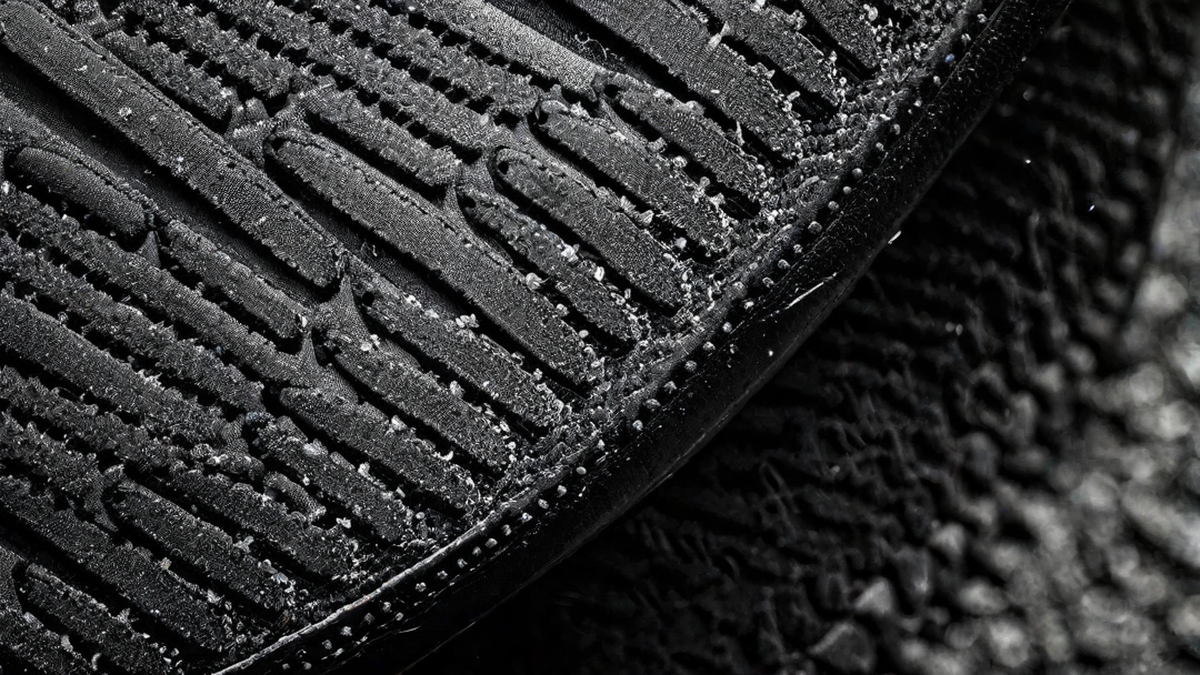When it comes to running, having the right pair of shoes is crucial. As an avid runner myself, I understand the importance of investing in a quality pair of running shoes that not only provide comfort but also support and protect my feet. One question that often comes up is, “How long should a pair of running shoes last?” Well, my friend, let me dive deep into this topic and share my personal insights and experiences.
First and foremost, it’s important to note that the lifespan of running shoes can vary depending on several factors. These factors include the type of terrain you run on, your running style, your weight, and the overall quality of the shoes. With that being said, a general rule of thumb is that a pair of running shoes should be replaced every 300-500 miles.
Now, let’s break it down further:
The Type of Terrain
The type of terrain you run on plays a significant role in how quickly your shoes wear out. If you primarily run on asphalt or concrete, the impact and friction will wear down the soles of your shoes more quickly compared to running on softer surfaces like trails or grass. So, if you’re a road runner, be prepared to replace your shoes more frequently.
Your Running Style
Everyone has a unique running style, and this can affect how long your shoes last. Some runners have a heavier footstrike or pronation, which can cause more wear and tear on specific areas of the shoe. If you notice excessive wear patterns or discomfort while running, it may be a sign that it’s time to retire your current pair and invest in a new one.
Your Weight
Your weight can also impact the lifespan of your running shoes. Heavier individuals tend to exert more force on their shoes, which can lead to quicker wear and tear. If you fall into this category, it’s essential to monitor the condition of your shoes more closely and replace them as needed.
The Quality of the Shoes
Not all running shoes are created equal. Higher-quality shoes are generally designed to withstand more miles and provide better support. Investing in a reputable brand and model with good reviews can make a significant difference in the longevity of your shoes. Cheaper, low-quality shoes may wear out faster and not offer the same level of protection for your feet.
It’s worth noting that the 300-500 mile guideline is just that—a guideline. It’s essential to listen to your body and pay attention to any signs of discomfort or pain. If you start experiencing shin splints, ankle soreness, or any other running-related injuries, it may be time to reassess your shoes’ condition.
When it comes to maintaining your running shoes, a few tips can help prolong their lifespan. Avoid excessively wet conditions, as prolonged exposure to moisture can cause the materials to break down more quickly. Additionally, rotating between multiple pairs of shoes allows each pair to have time to recover and regain their cushioning and support.
In conclusion, the lifespan of a pair of running shoes can vary depending on various factors, but a general guideline is to replace them every 300-500 miles. However, it’s crucial to be attuned to your body and any signs of discomfort, as this can indicate that it’s time for a new pair. Take care of your shoes, and they will take care of you on your running journey!

